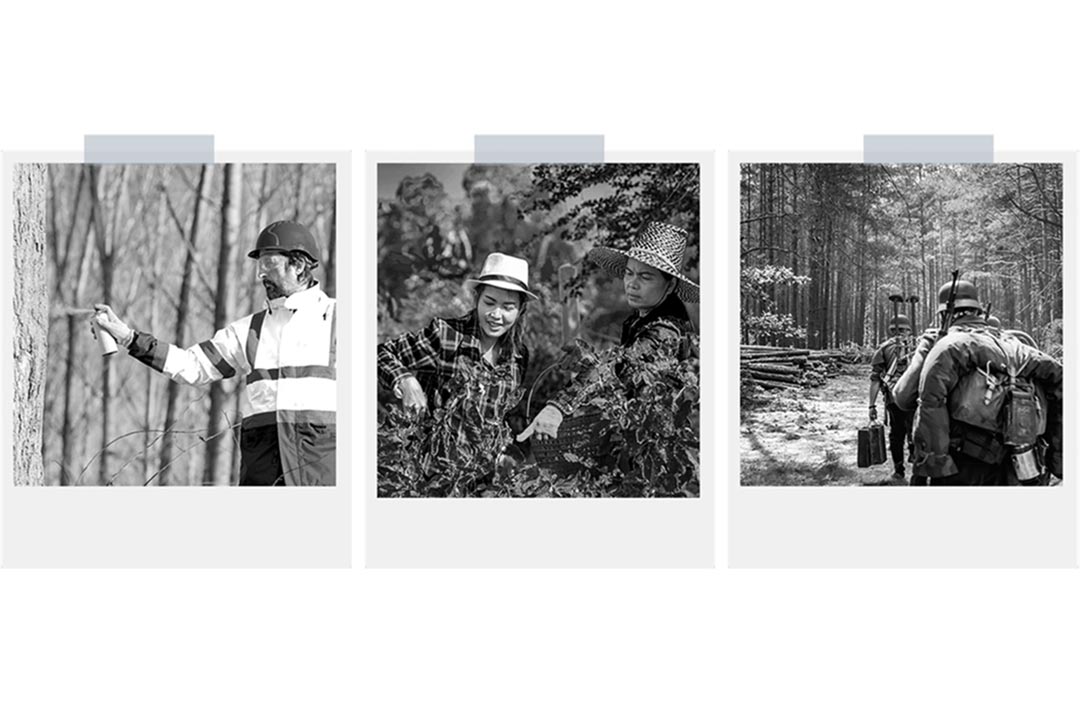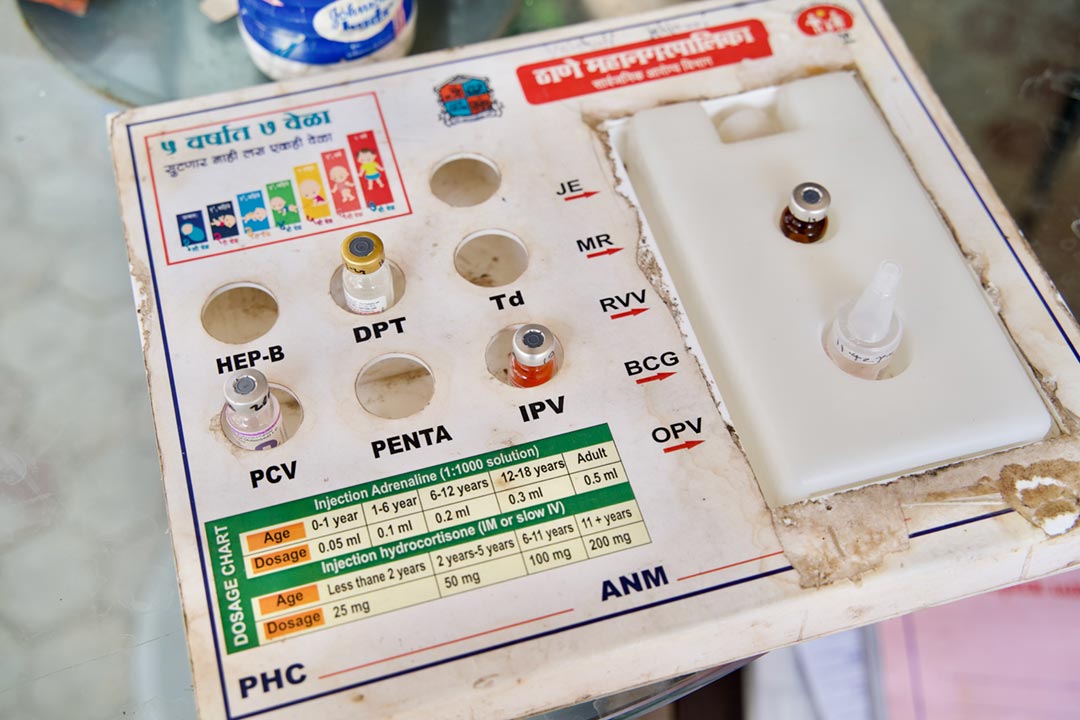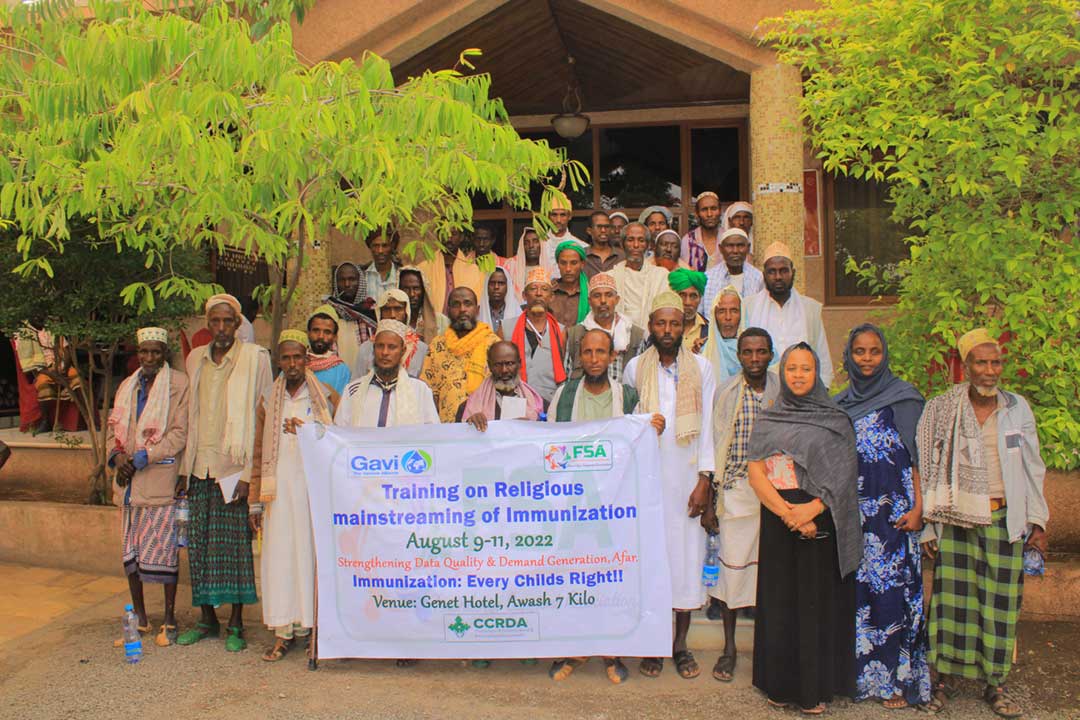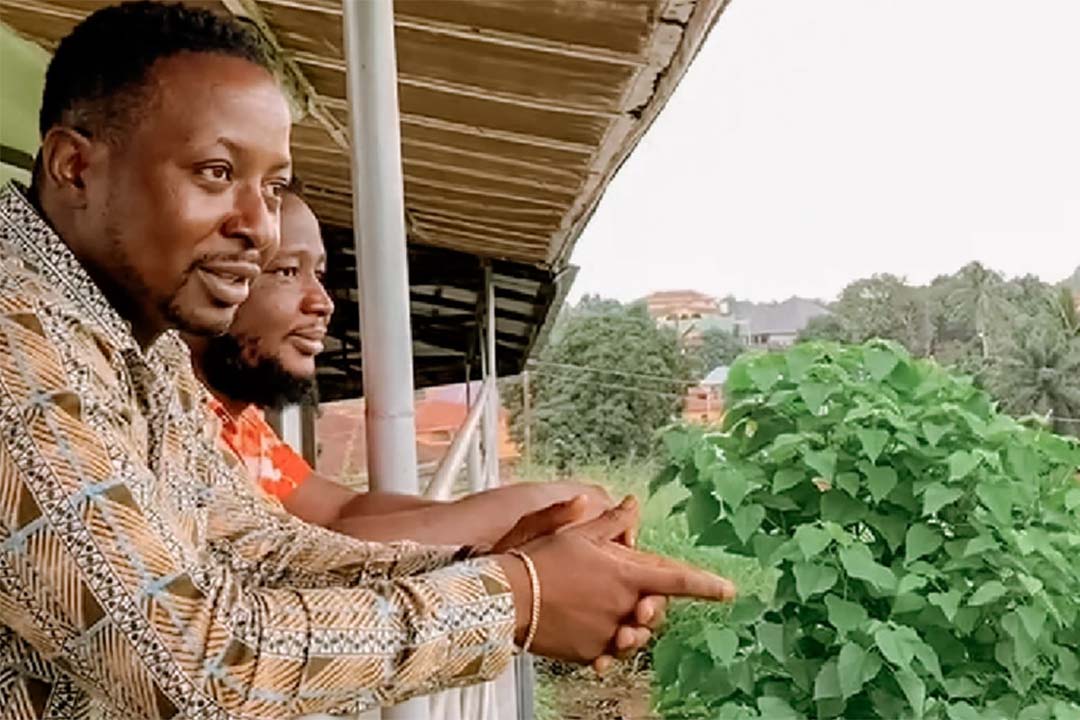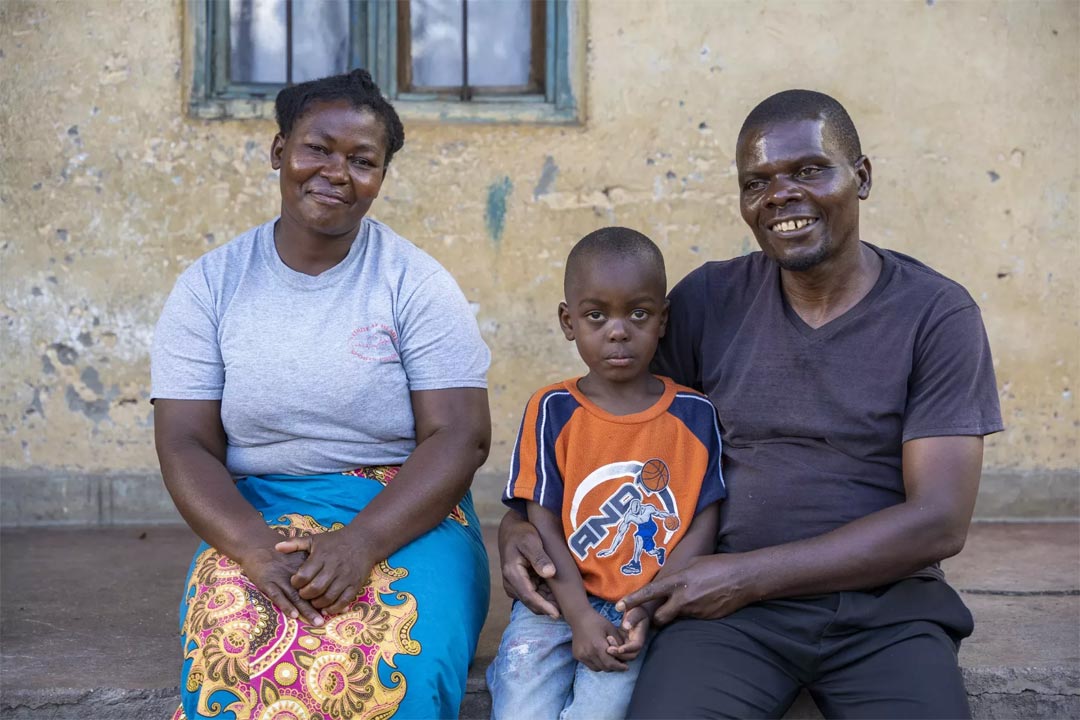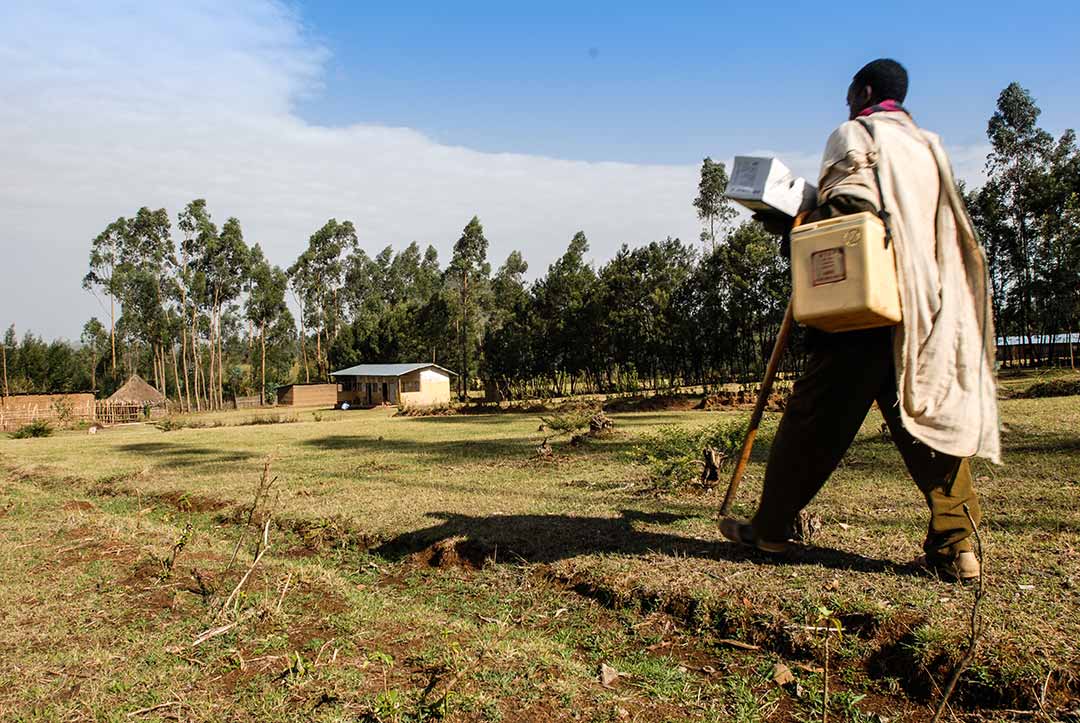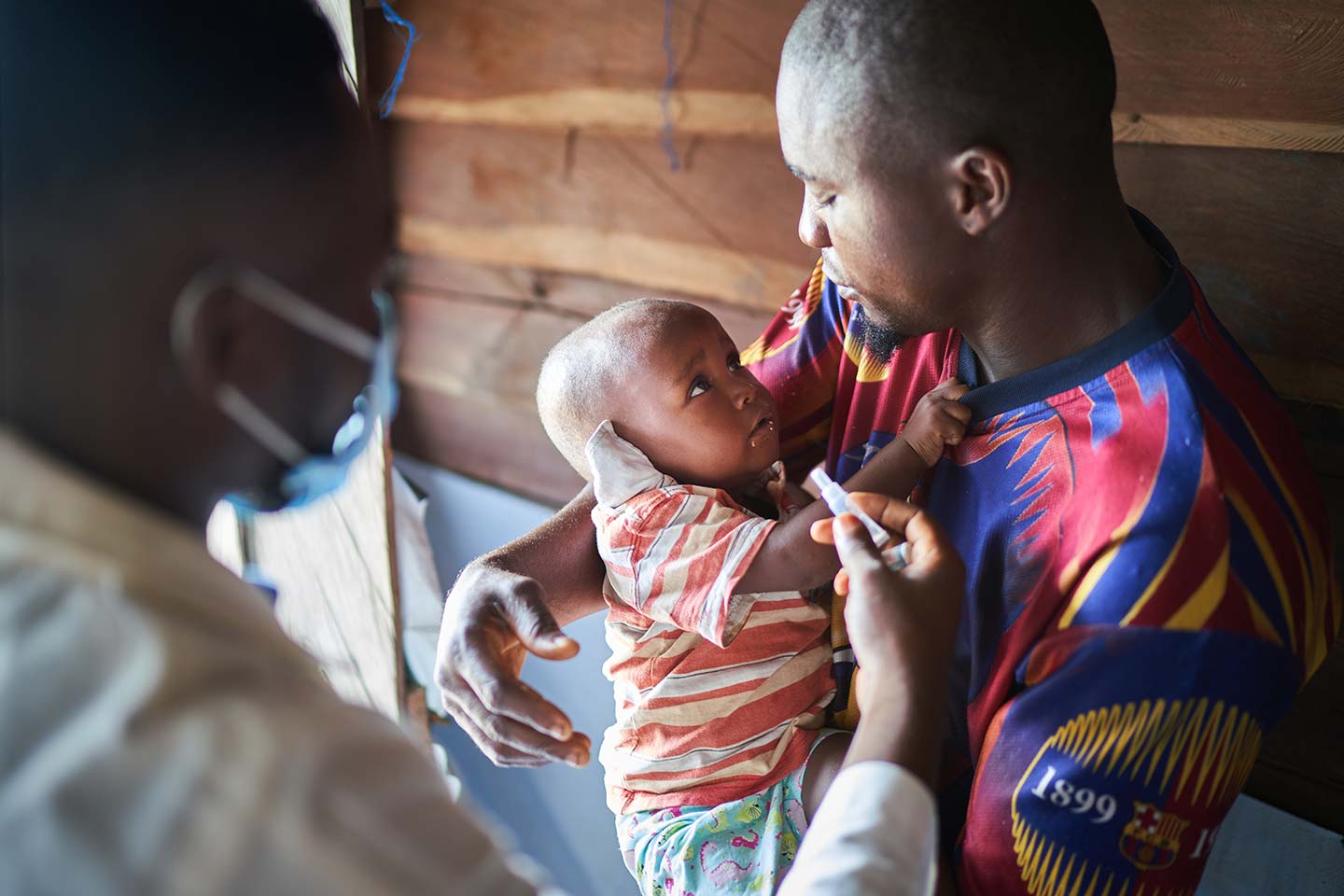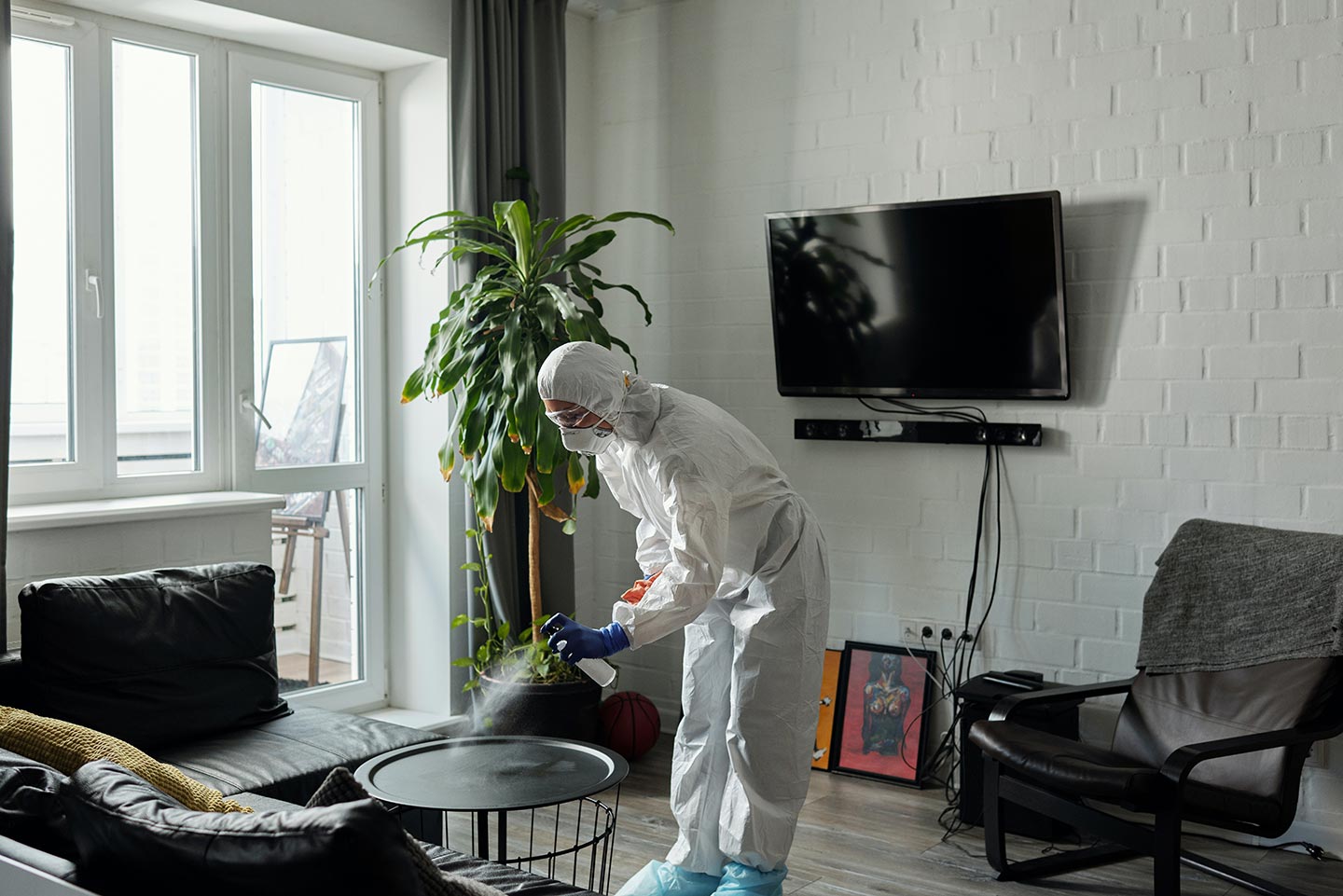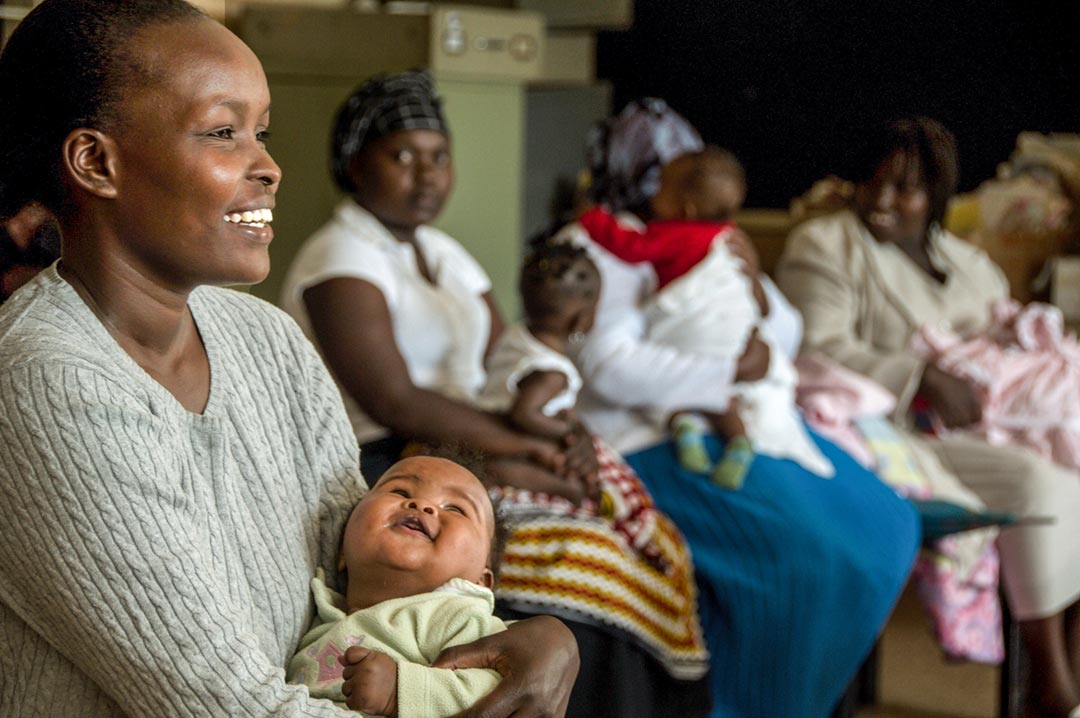Can the world ever be cervical cancer-free?
As World Cancer Day approaches amidst the COVID-19 pandemic, it’s now more important than ever to ensure continued access to HPV vaccines to eliminate cervical cancer around the world.
- 4 February 2021
- 5 min read
- by Tetsekela Anyiam-Osigwe

In November 2020, the World Health Organization (WHO) launched a bold initiative to end a deadly and leading form of cancer. The Global Strategy to Accelerate the Elimination of Cervical Cancer, which aims to usher in a cervical cancer-free world in the lifetime of today’s young girls, marks the first time that world leaders have committed to improving access to cervical cancer prevention for girls and women. Now more than ever, with global inequalities in health care amplified by the COVID-19 pandemic and disproportionately affecting women and girls in lower-income countries, the global health community needs to press ahead with this goal and ensure continued access to vaccines against the human papillomavirus (HPV), which causes cervical cancer.
The vaccine is extremely safe and effective in offering long-lasting protection against cervical cancer.
A global health problem
Cervical cancer is the fourth most common type of cancer in women worldwide, with more than half a million new cases each year. Over 85% of these occur in lower-income countries, where cervical cancer is the leading cause of cancer deaths among women. Worryingly, without any comprehensive change in prevention and control, the death toll among women across the world is likely to increase by more than 100,000 by 2035. With severely limited access to cervical screening and essential health services, women in low- and middle-income countries are more likely to succumb to the disease, with their death rates three times as high as in high-income countries. Already, globally one woman dies of cervical cancer every two minutes.
A vaccine-preventable cancer?
These incidence and mortality rates can be substantially reduced because cervical cancer is preventable. Almost all cases among women across the world are linked to genital infection with HPV, which is the most common viral infection of the reproductive tract. The vaccine against HPV, first created nearly 14 years ago at the University of Queensland, Australia, gives the world a real and vital opportunity to give all women and girls a cervical cancer-free future.
The vaccine is extremely safe and effective in offering long-lasting protection against cervical cancer. Since HPV vaccines were introduced – initially as a three-dose schedule and now a two-dose schedule – vaccine-type HPV infections and pre-cancerous cervical lesions have significantly reduced. Looking ahead, we can expect that once the WHO’s Strategic Advisory Group of Experts (SAGE) on Immunization confirms the efficacy of just a single-dose HPV vaccine schedule, even more countries could save the lives of even more women by facilitating vaccine roll-outs at much lower costs.
Have you read?
Once administered, HPV vaccines have the ability to prevent up to 90% of all cervical cancer cases. Research has consistently shown that women who are vaccinated against HPV are at a much lower risk of developing cervical cancer than those who are not vaccinated, especially women who are vaccinated at an early age – typically before the age of 17 years. This is because the vaccine is more effective on people when they have not already been exposed to the virus and so girls are normally vaccinated before they reach puberty, when they are less likely to have become sexually active.
Leaving no girl behind
Given its transformational impact on the lives of young girls and women, it is not surprising that introductions of HPV vaccinations have remained a central pillar of Gavi’s support to low- and lower middle-income countries. A lot has happened since 2012, when Gavi first launched HPV vaccine demonstration projects and opened up a funding window to support nationwide introductions of HPV vaccines in Gavi-eligible countries, which had until then been unable to protect millions of girls due to the high cost of the vaccine. In working towards bridging the equity gap, Gavi’s market shaping efforts culminated in procuring HPV vaccines at a record low price of US$ 4.50 per dose for the lowest-income countries. This is 23 times lower than the cost of the vaccine in high-income countries and three times lower than the previous lowest public sector price. Since then, and with Gavi support, more than 4.8 million girls have been protected against the leading cause of cervical cancer, and demand for the HPV vaccine has never been higher. Despite challenges with getting supplies to match up demand, 18 of the 27 countries approved for Gavi support had successfully introduced the HPV vaccine into their national immunisation programmes by the end of 2019. This includes those with the highest burden of cervical cancer worldwide, like Uganda, Tanzania, Zambia and Malawi.
Moving forward despite the pandemic
For Gavi, the COVID-19 pandemic has had an unprecedented impact on vaccine introductions and immunisation campaigns: transport interruptions, especially border closures, have led to shortages in vaccine supplies; restrictions on movement due to local and regional lockdowns have prevented people from travelling to health clinics, while school closures continue to interrupt school-based vaccination programmes. These challenges, however, do not overwhelm the urgent need to ensure greater and more equitable access to HPV vaccination. While COVID-19 safety measures and lockdown restrictions will continue to complicate vaccine delivery, meeting this need is not an impossible task – so long as necessary precautions, including adequate safety measures, are put in place.
Some countries, such as Laos and Myanmar, were able to press ahead safely with HPV vaccine introductions in 2020, suggesting that the momentum towards reducing or eliminating cervical cancer incidence and mortality can still be maintained during the pandemic.
Building on successful HPV vaccination demonstration projects from 2013 to 2015, Laos took on the task of introducing HPV vaccines in March 2020. Gavi-funded vaccines were delivered in schools across the country and will continue to be offered to over 300,000 girls aged 10-14 years old, regardless of whether they are enrolled in school.
In October 2020, Myanmar, which has the second-highest incidence of cervical cancer in Southeast Asia, joined Laos in launching HPV vaccine introductions during a pandemic year. By introducing HPV vaccines into its national immunisation schedule, Myanmar will now see nearly half a million girls across the country protected each year from this terrible disease.
More from Tetsekela Anyiam-Osigwe
Recommended for you
